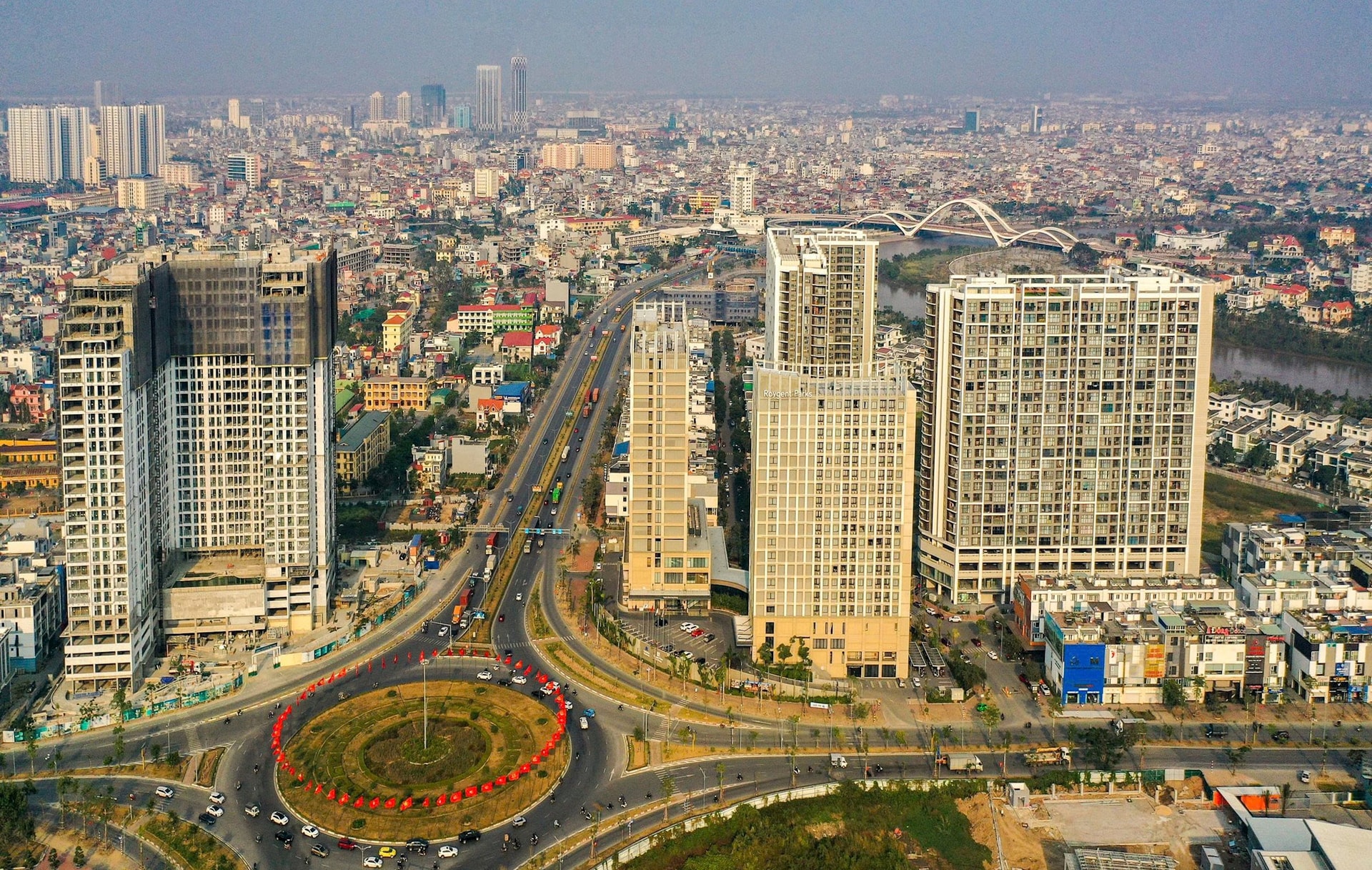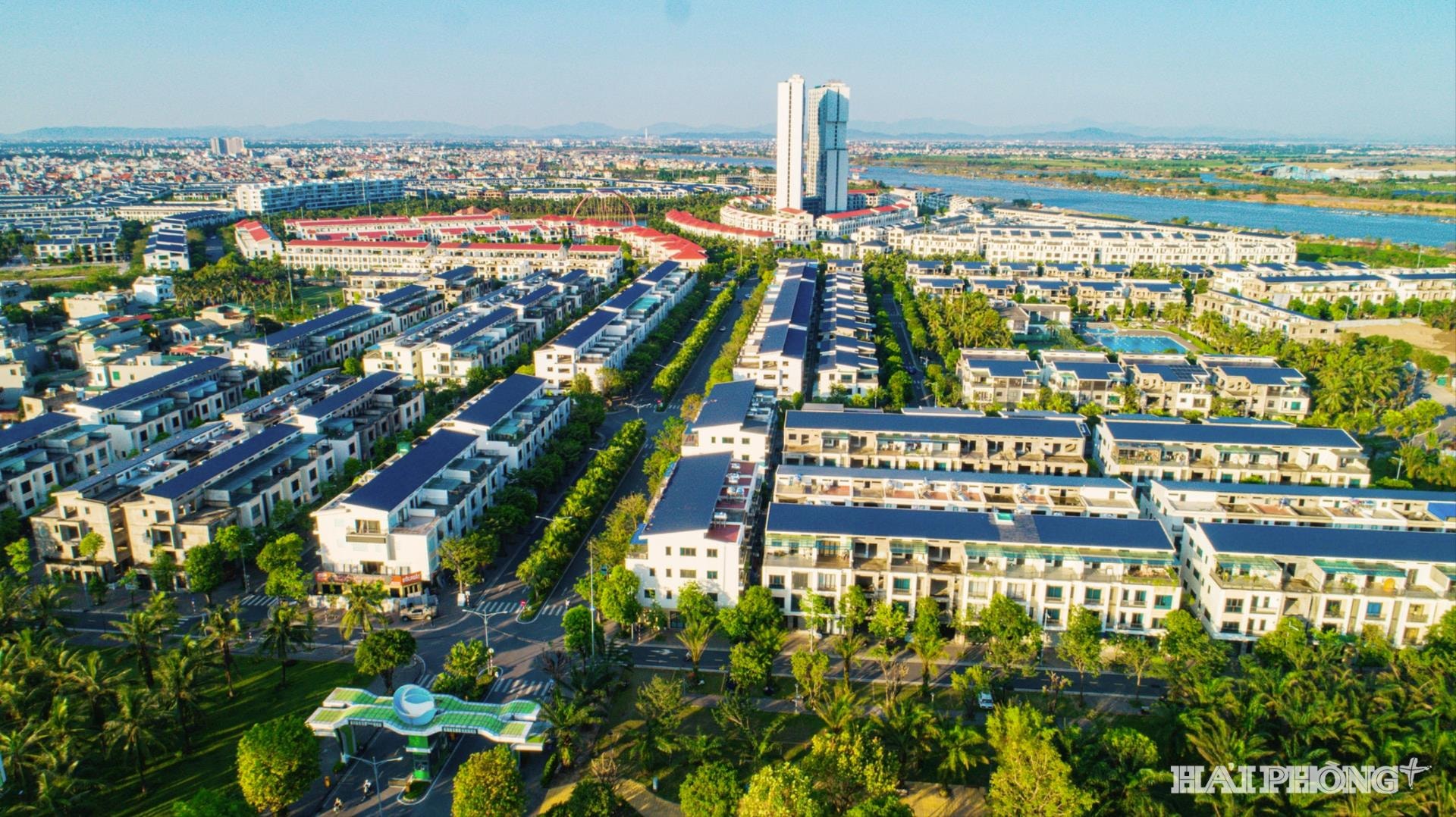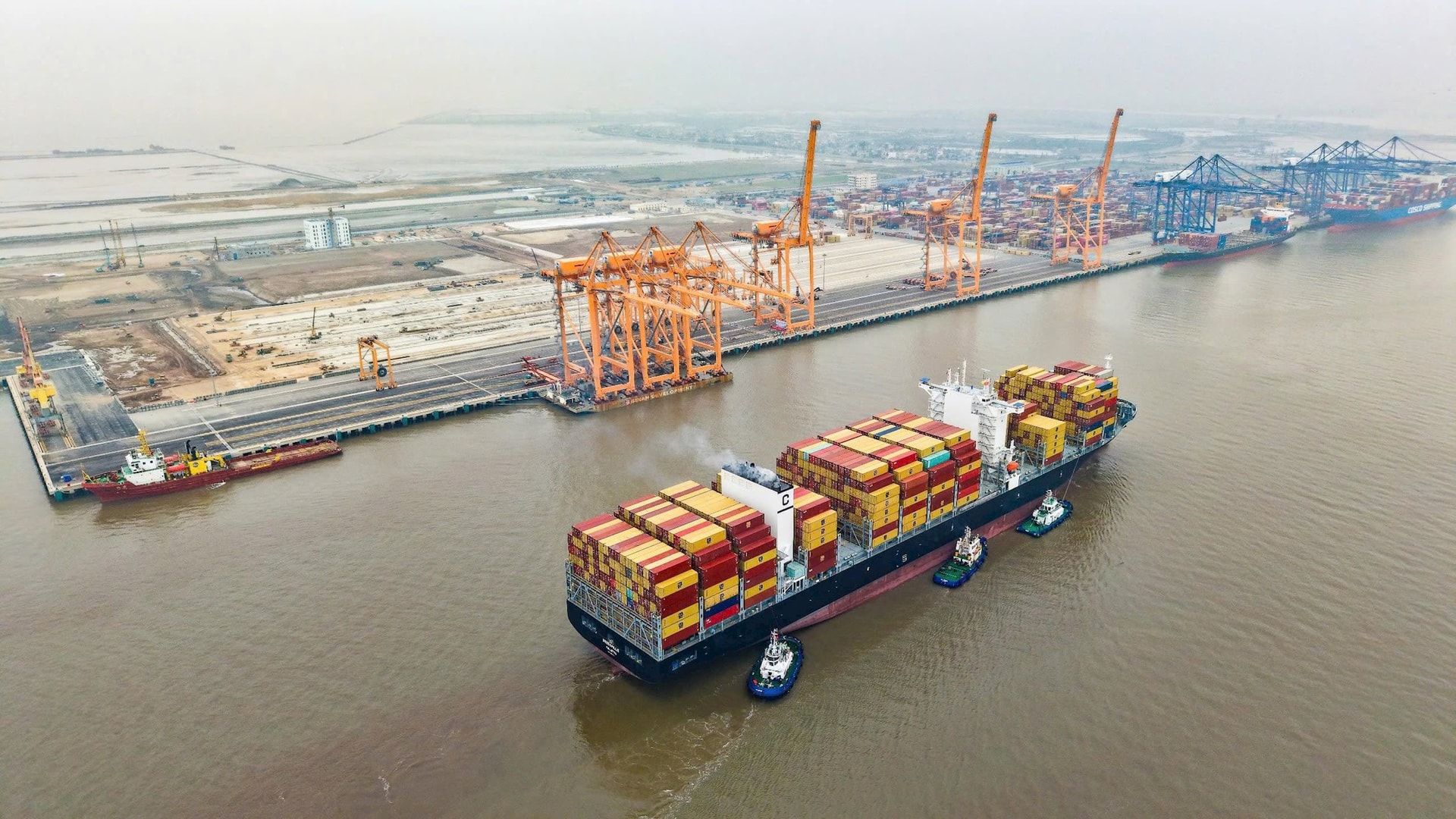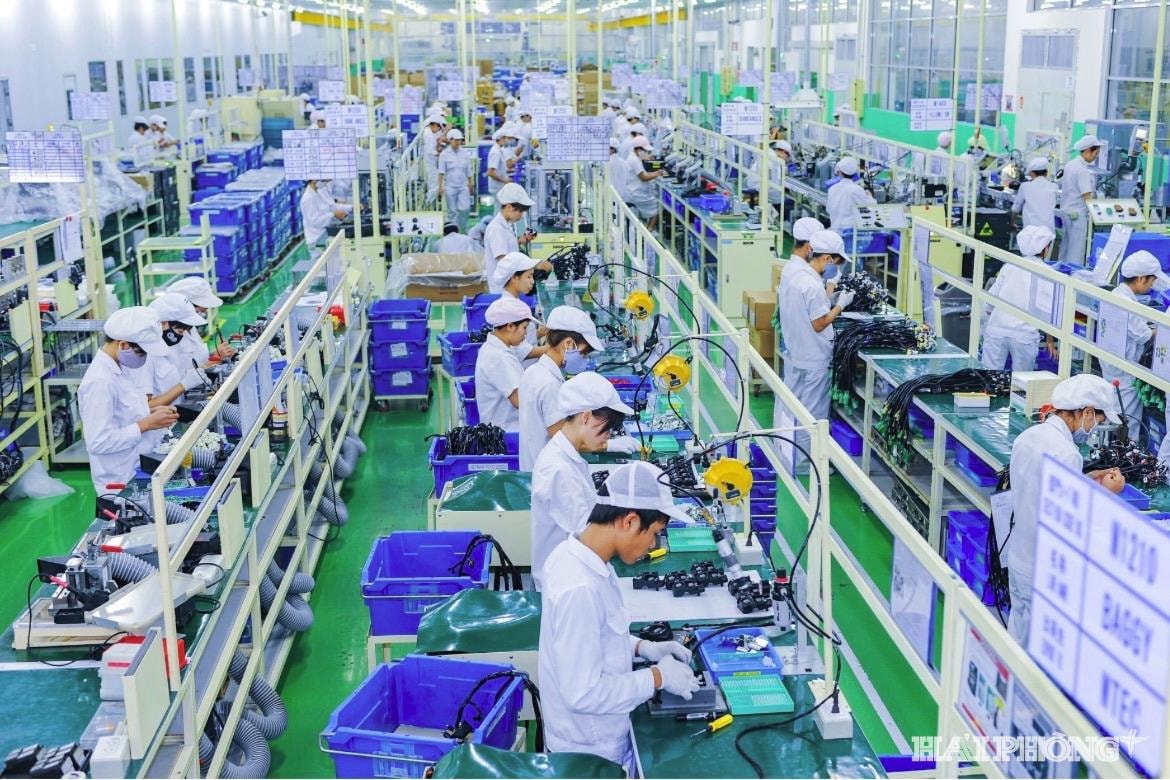Hai Duong - Hai Phong merger: Breakthrough in development space
With many similarities and unique advantages, the merger of Hai Duong province and Hai Phong city not only expands administrative space but also opens up vast potential for development.

Both Hai Duong province and Hai Phong city enjoyed favorable geographic locations in the Red River Delta. Over the course of development, despite changes in administrative boundaries, the two remained close neighbors, sharing a nearly 98-km border.
The people of both localities long maintained close trade relations. In particular, national highway 5 and the Ha Noi – Hai Phong expressway served as key transport links, clearly reflecting close economic ties of the two localities throughout various stages of development.
Thanks to these geographic advantages, both Hai Duong and Hai Phong made strong economic progress in the past years. They were major industrial hubs in Northern Vietnam, with high-tech industry identified as a pillar of sustainable growth.

Over the past decade, Hai Phong city consistently posted double-digit economic growth. Industry, construction, and services accounted for nearly 80% of its economic structure. The average investment per project in Hai Phong stood at 12 million USD, three times higher than the national average.
Hai Duong, meanwhile, was a “promising land” for domestic and foreign investors, with over 30 years of experience in attracting foreign direct investment. The province was recognized for developing well-planned, modern industrial parks with high occupancy rates.
In 2024, Hai Phong led the Red River Delta in economic growth at 11.01%, while Hai Duong followed in third place with 10.2%. In the first half of 2025, Hai Duong posted a growth rate of 11.46%, ranking second nationwide, and Hai Phong came third with 11.2%.

After the merger, the new Hai Phong city nearly doubles in size, covering almost 3,200 km2, with a population of over 4.6 million and an economic scale nearing 660 trillion VND.
The merger has propelled Hai Phong to become the third-largest local economy in Vietnam, only after Ho Chi Minh city and Ha Noi. The new city now has both the resources and momentum to optimize its competitive advantages and expand through its newly integrated development space.
Development plans for both Hai Duong province and the former Hai Phong city were outlined in their master plans for 2021–2030 with a vision to 2050, approved by the Prime Minister. Accordingly, by 2030, Hai Phong would become a major seaport city, a modern logistics service center, and an internationally recognized marine economy hub in Southeast Asia.

Hai Phong also aimed to lead the nation in industrialization, modernization, and digital transformation, serving as a driving force for development in Northern Vietnam and beyond. Hai Duong, meanwhile, was envisioned as a modern industrial province with a large-scale economy, well-developed infrastructure, green and smart urban systems, and a distinct identity.
Under this strategic direction, the merged Hai Phong city will benefit from expanded space, reinforcing its drive toward the sea. As a traditional gateway to the ocean, the merger with Hai Duong strengthens the city’s key role in regional, inter-regional, and international economic corridors.
Starting July 1, with administrative boundaries no longer separating them, the goals and aspirations of Hai Duong and Hai Phong will be realized within a unified framework - an enlarged, more ambitious, and more dynamic Hai Phong city.
Along with this expanded development space, the new Hai Phong city will also enjoy special mechanisms and policies, including the establishment of a free trade zone as a key feature. This strategic platform is expected to propel the city forward—faster, farther, and more sustainably.
HOANG LINH
